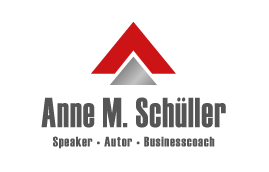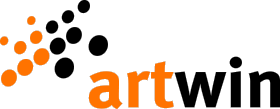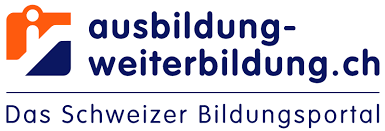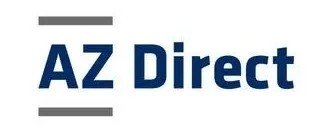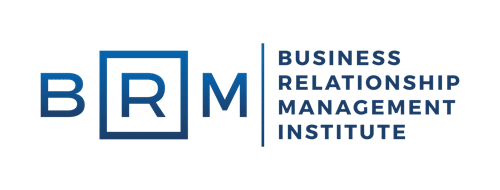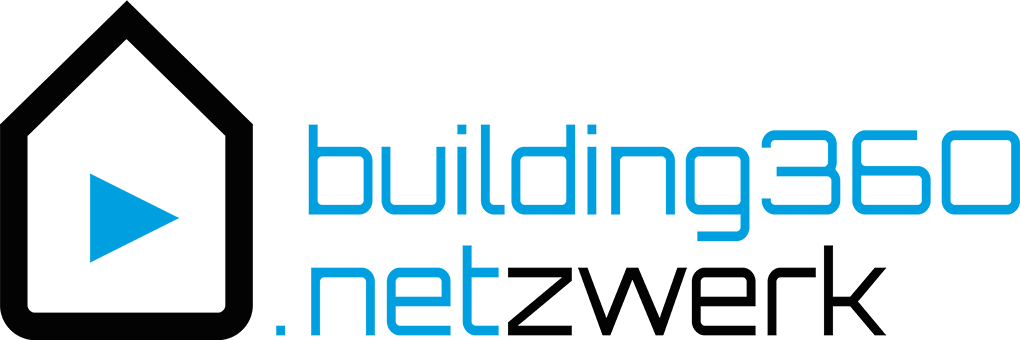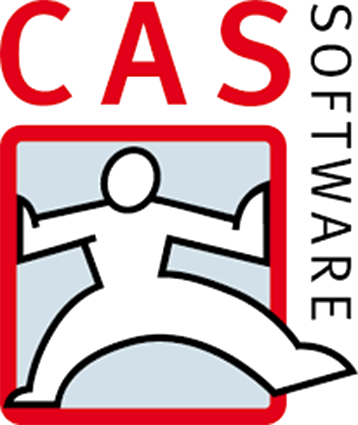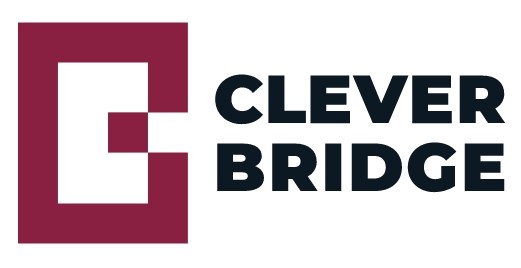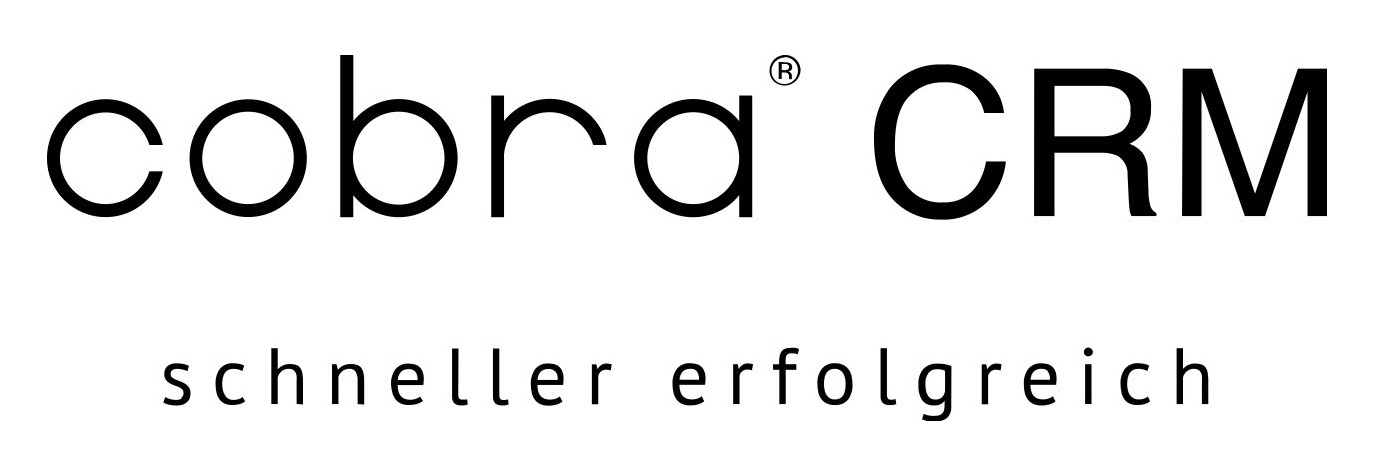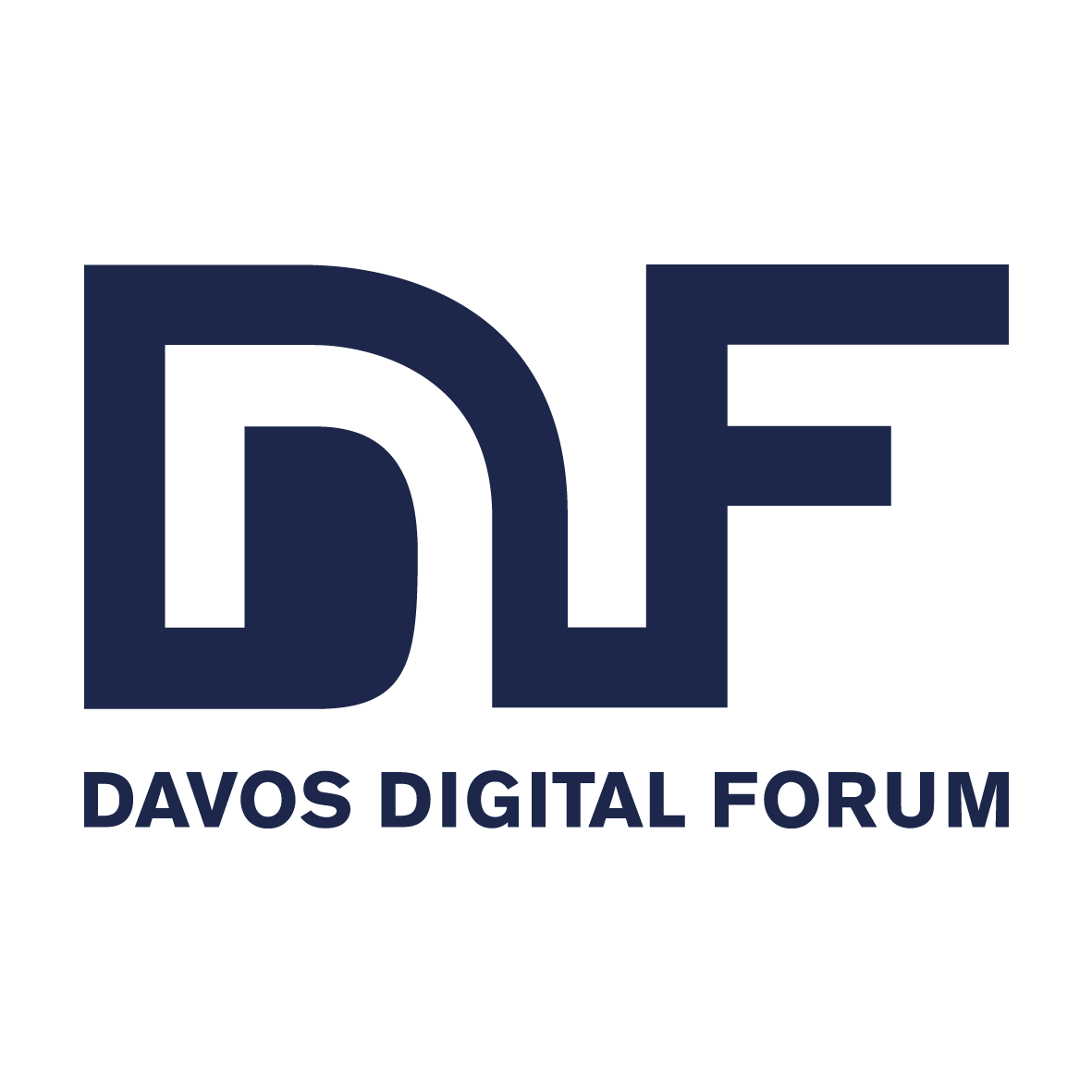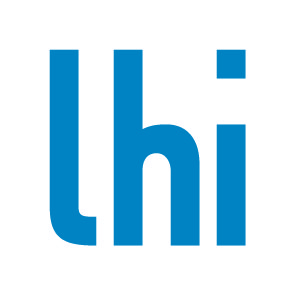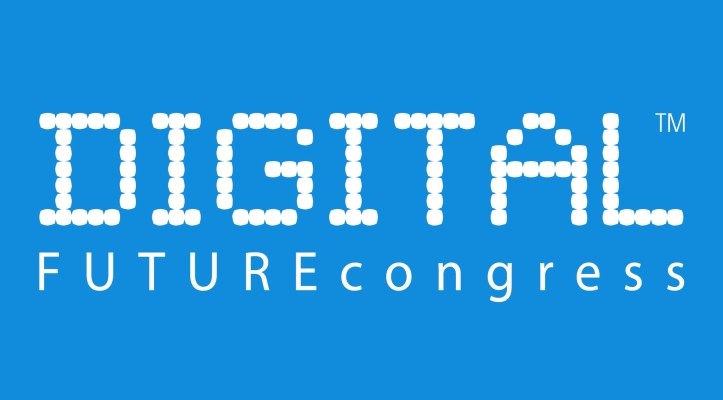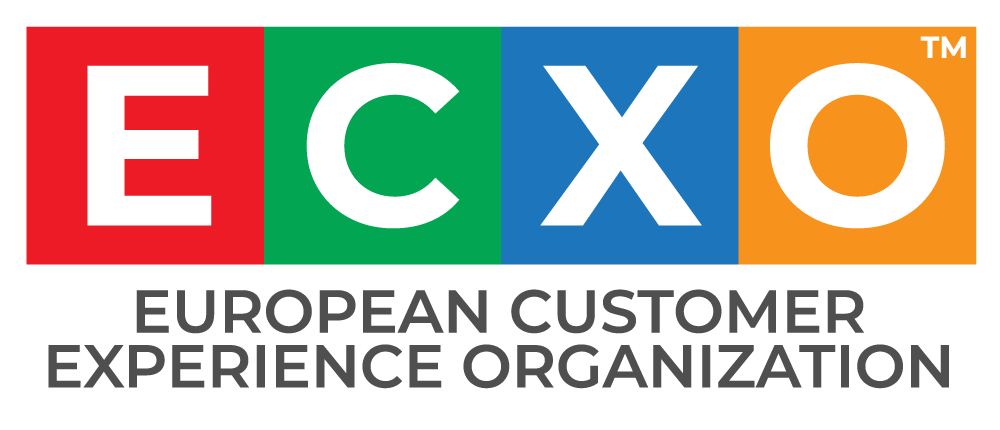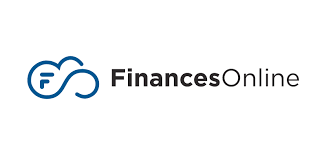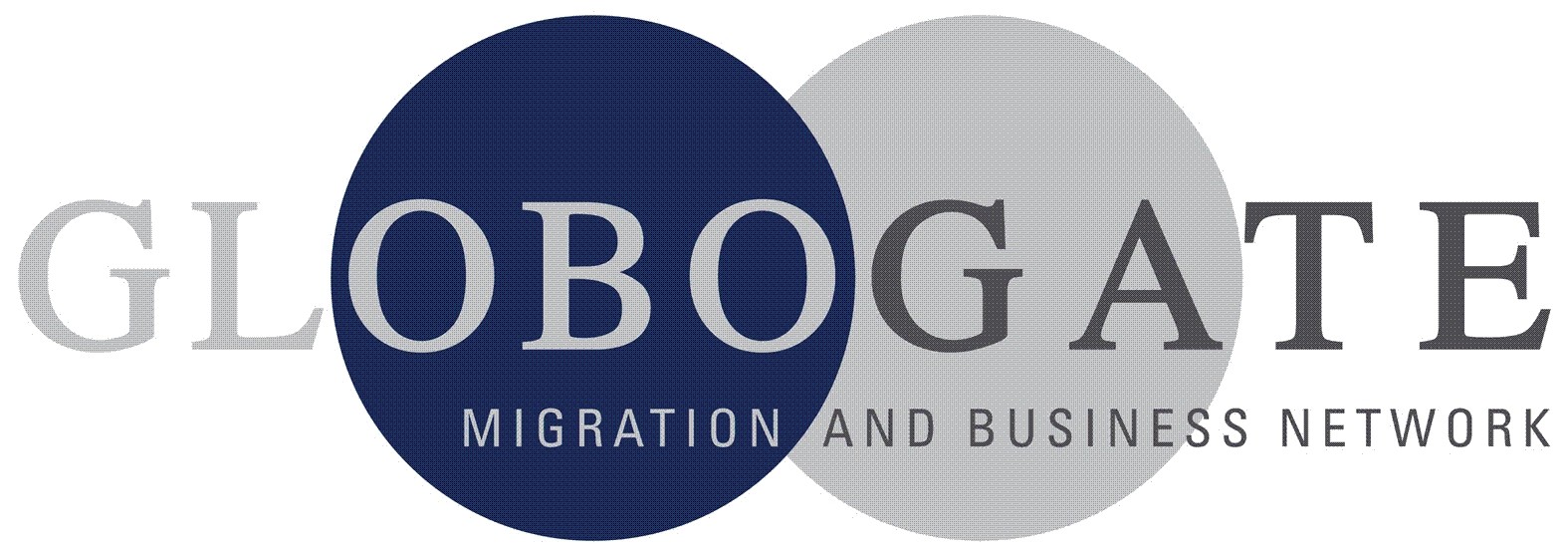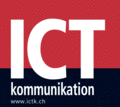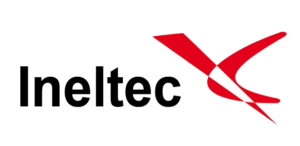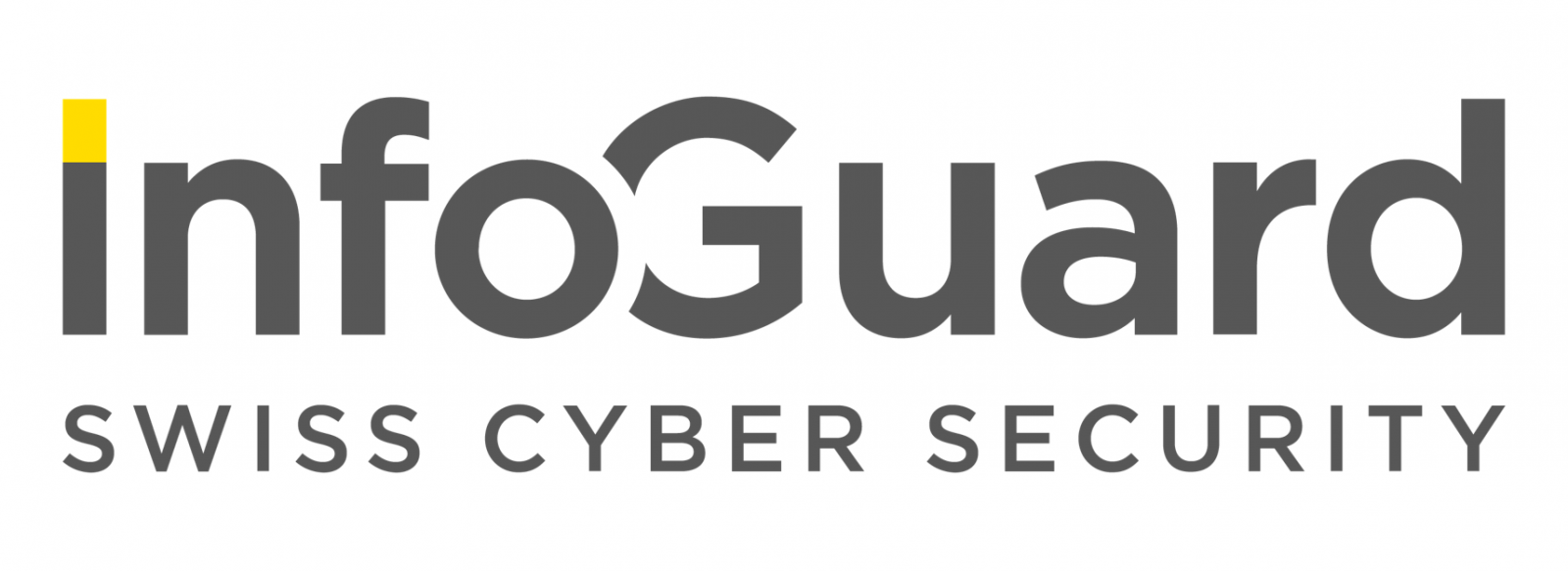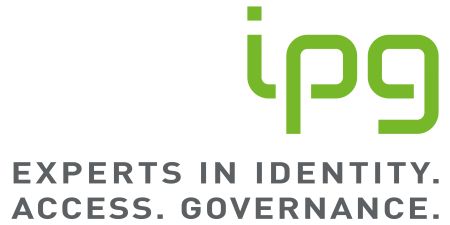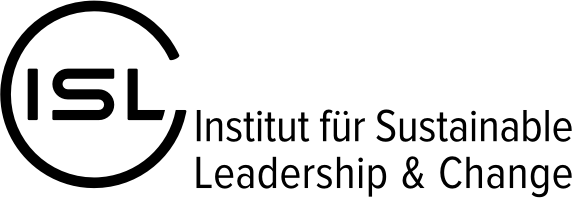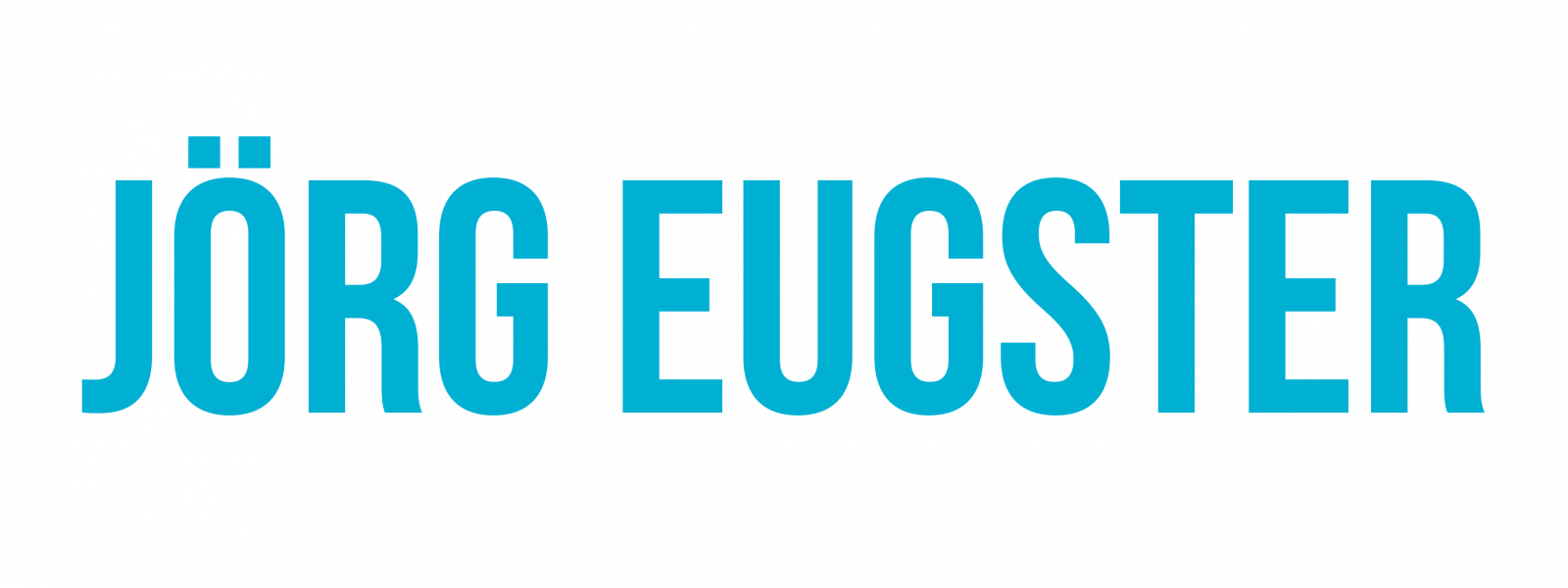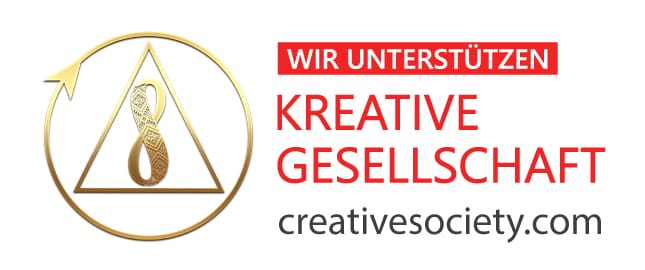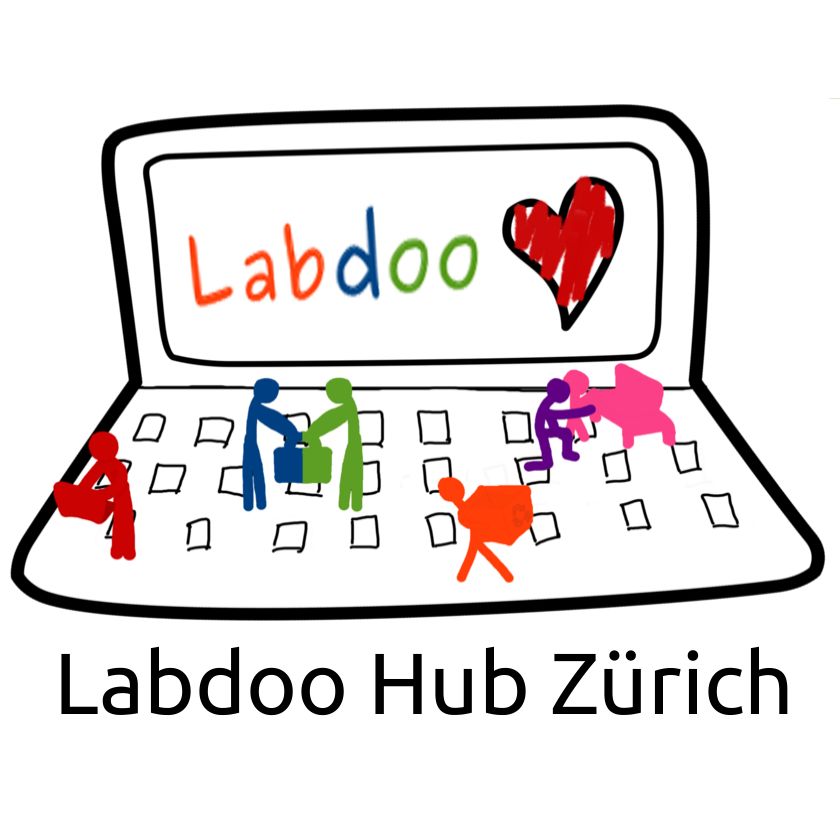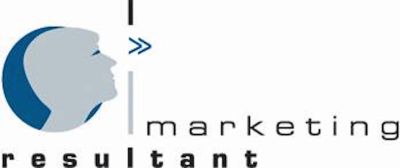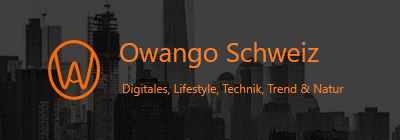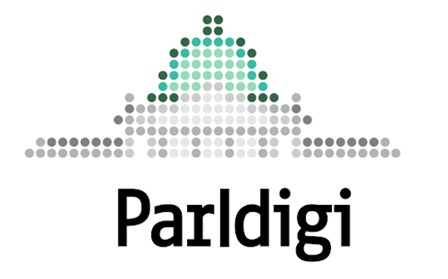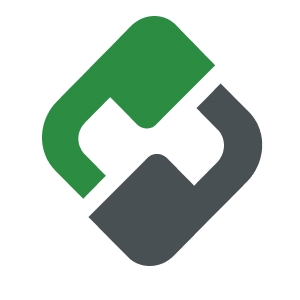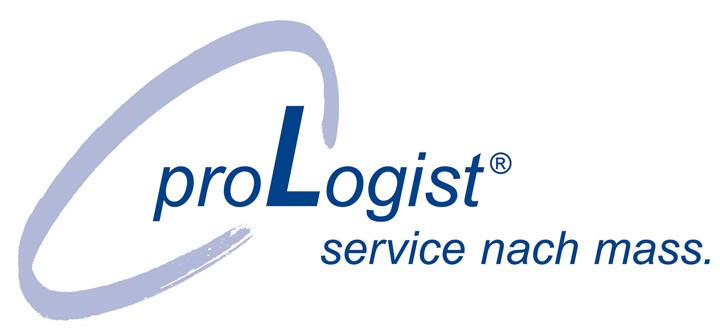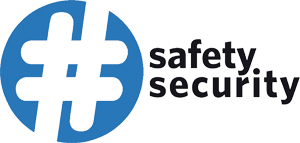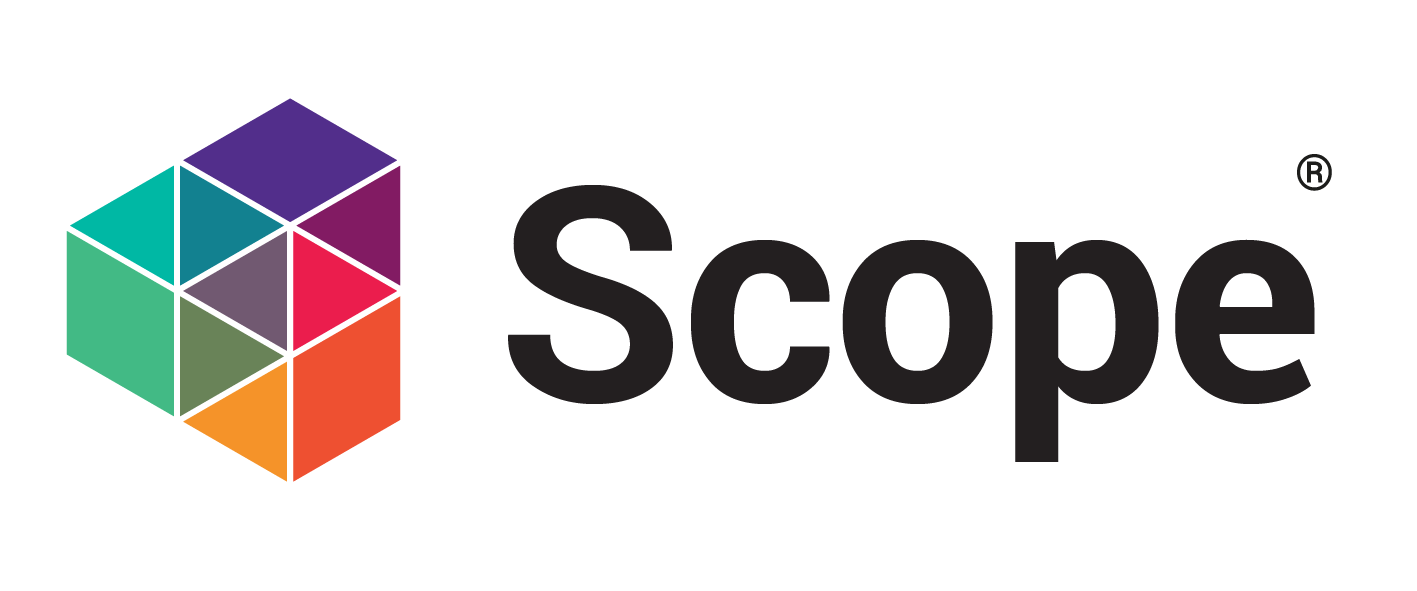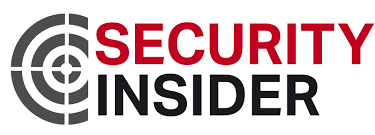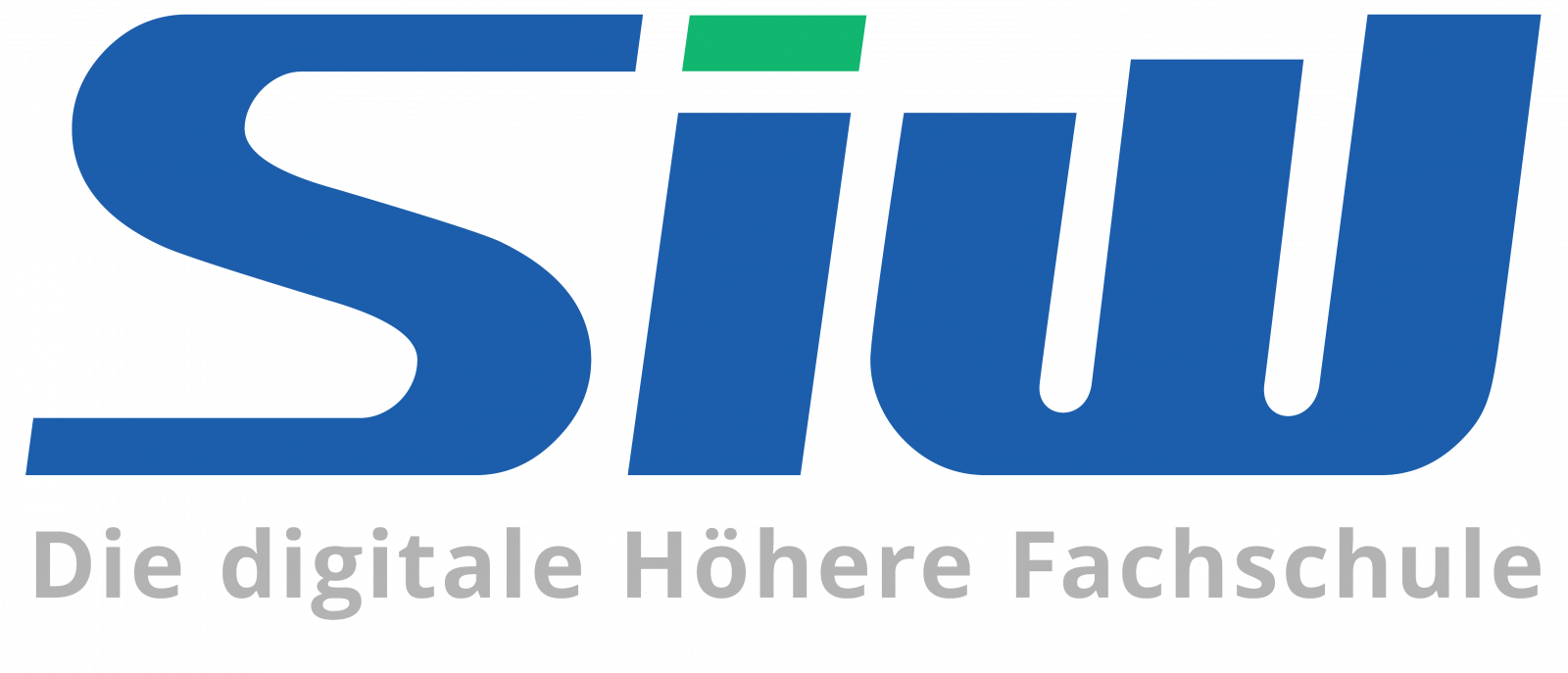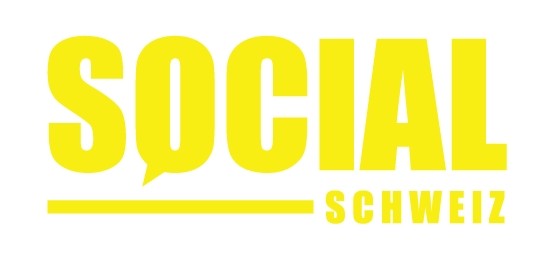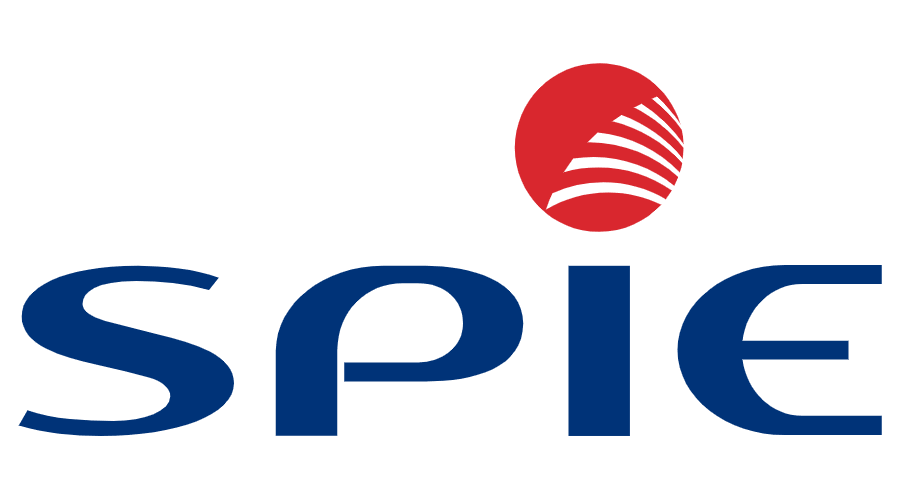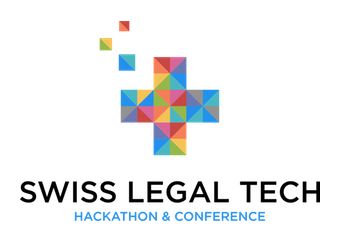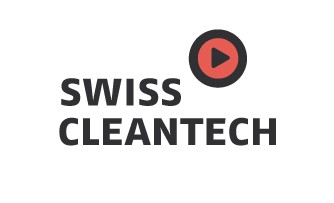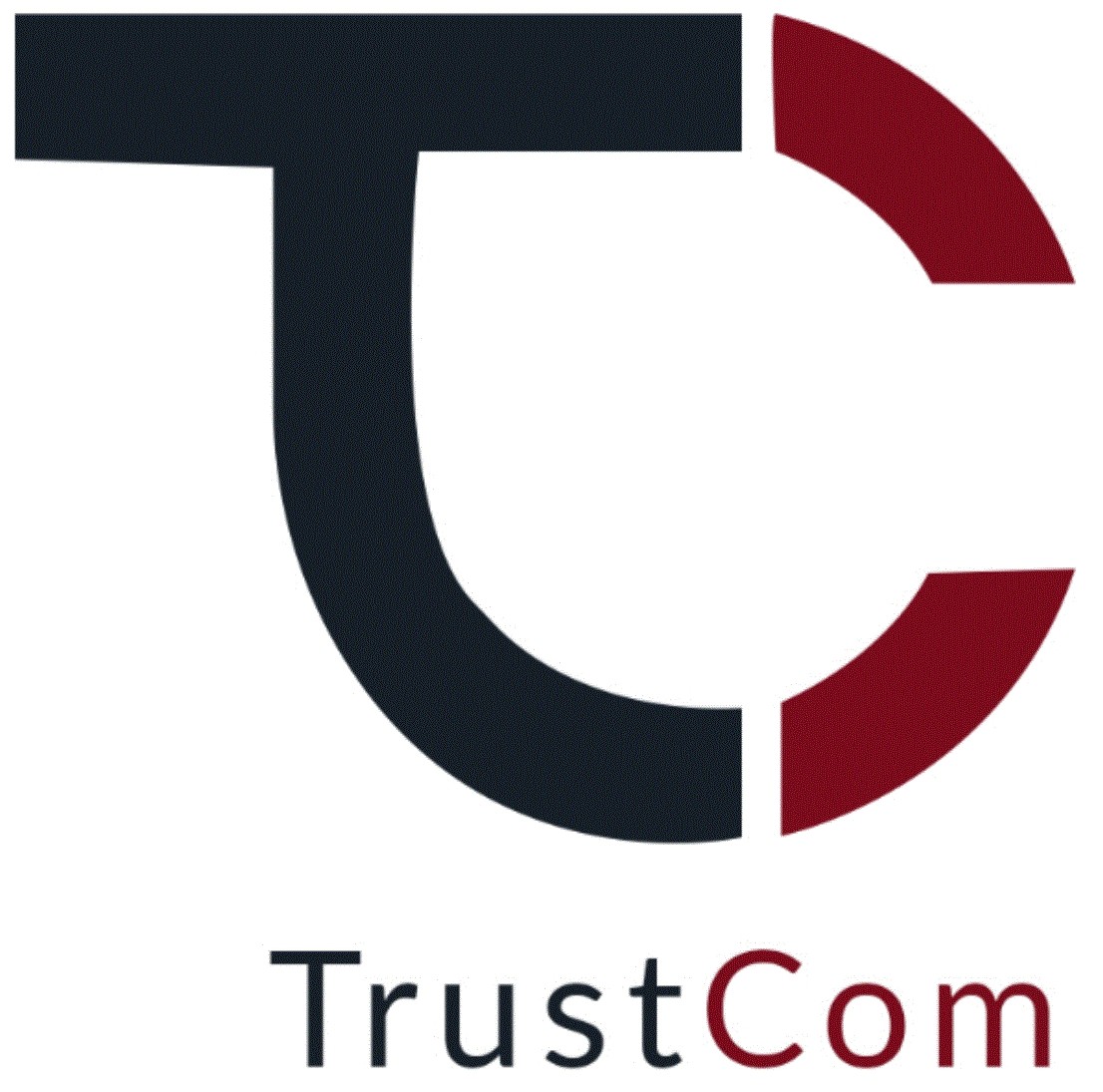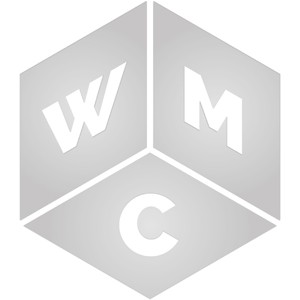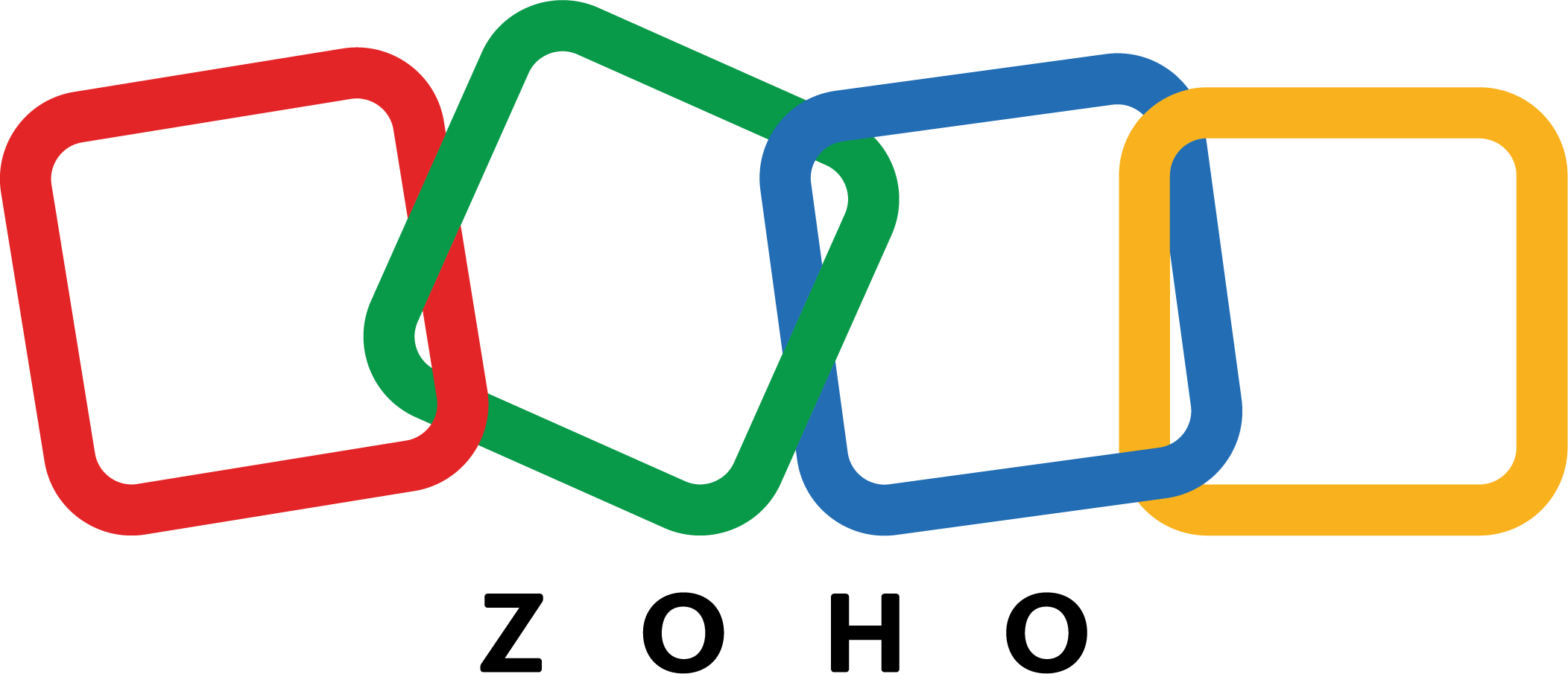Digital Transformation and IT Automation Needs Drive Hyperautomation Opportunities
The worldwide market for technology that enables hyperautomation will reach $596.6 billion in 2022, according to a new forecast from Gartner, Inc. This is up from $481.6 billion in 2020 and a projected $532.4 billion this year.
“Hyperautomation has shifted from an option to a condition of survival,” said Fabrizio Biscotti, research vice president at Gartner. “Organisations will require more IT and business process automation as they are forced to accelerate digital transformation plans in a post-COVID-19, digital-first world.”
Hyperautomation is an approach that enables organisations to rapidly identify, vet and automate as many processes as possible using technology, such as robotic process automation (RPA), low-code application platforms (LCAP), artificial intelligence (AI) and virtual assistants.
Tools such as RPA, LCAP and AI are considered process-agnostic software, meaning that they can be used in any organisation across multiple IT and business use cases. Process-agnostic software will be most in demand as key enablers of the hyperautomation trend. The market is expected to see double-digit growth through 2022. Other software used to automate more specific tasks, such as ERP, supply chain and CRM systems, will also contribute to the growth of the market.
Gartner predicts that through 2024, the drive towards hyperautomation will lead organisations to adopt at least three out of the 20 process-agonistic types of software that enable hyperautomation.
“Organizations are transitioning from a loosely coupled set of automation technologies to a more-connected automation strategy,” said Cathy Tornbohm, distinguished research vice president at Gartner. “In response, vendors are developing integrated offerings that combines technologies like RPA, LCAP and business process management into one, packaged tool.”
The fastest-growing category of hyperautomation-enabling software includes tools that provide visibility to map business activities, automate and manage content ingestion, orchestrate work across multiple systems, and provide complex rule engines.
Technologies to automate content ingestion, such as signature verification tools, optical character recognition, document ingestion, conversational AI and natural language technology (NLT) will be in high demand. Organisations will need such tools to automate the digitalisation and structuring of data and content – for example, automating the process of digitalising and sorting paper records.
Gartner expects that by 2024, organisations will lower operational costs by 30% by combining hyperautomation technologies with redesigned operational processes.
“The shift towards hyperautomation will be a key factor enabling businesses to achieve operational excellence, and subsequently cost savings, in a digital-first world,” said Ms Tornbohm.
















